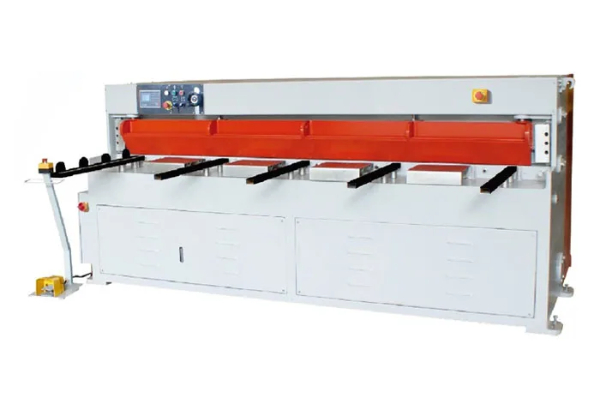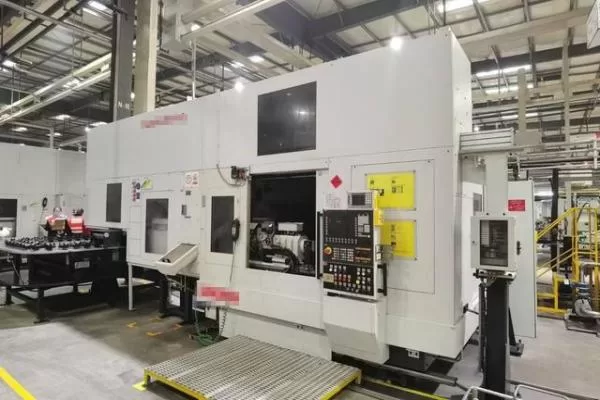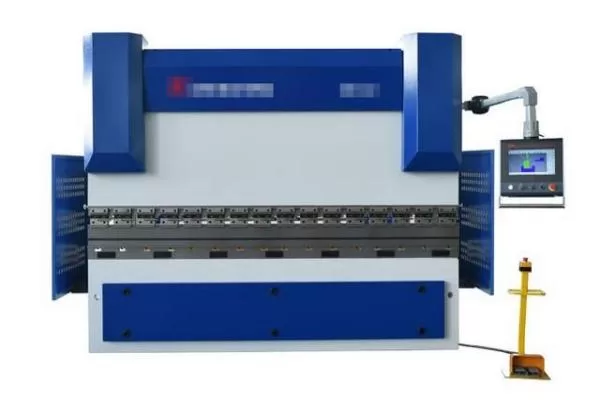
Environmental Considerations in Plate Bender Machine Manufacturing
- By:Metmac
- 2024-04-28
- 195
In the modern era of industrialization, environmental sustainability has become a paramount concern. The manufacturing sector, including the production of plate bender machines, holds a significant responsibility in mitigating its carbon footprint. This article explores the multifaceted environmental considerations that are being integrated into the design and manufacturing processes of plate bender machines, paving the way for a more sustainable future.
Energy Efficiency
Plate bender machines consume a considerable amount of energy during operation. Manufacturers are now focusing on incorporating energy-efficient components and optimizing machine design to reduce energy consumption. This can be achieved by employing high-efficiency motors, improving power transmission systems, and optimizing hydraulic circuits. Additionally, advancements in control systems allow for more precise control of the bending process, resulting in reduced energy usage.
Resource Conservation
The manufacturing of plate bender machines requires the utilization of various materials, including steel, aluminum, and plastics. Environmentally conscious manufacturers are exploring sustainable sourcing practices to minimize their impact on natural resources. They are adopting recycled and renewable materials, reducing waste, and implementing closed-loop material management systems to conserve resources.
Pollution Reduction
The operation of plate bender machines can potentially generate noise and particulate matter emissions. To address these environmental concerns, manufacturers are incorporating noise-dampening enclosures, optimizing airflow within the machine, and implementing efficient dust collection systems. These measures help mitigate noise pollution and minimize the release of harmful pollutants into the environment.
Waste Management
The manufacturing process of plate bender machines produces various forms of waste, such as metal scraps, packaging materials, and oils used in hydraulic systems. Responsible manufacturers are implementing comprehensive waste management programs to minimize their environmental impact. They recycle and reuse materials whenever possible, dispose of waste responsibly, and collaborate with waste management companies to ensure proper disposal and treatment of hazardous waste.
Sustainable Design
Environmental considerations are being integrated into the design of plate bender machines themselves. Manufacturers are adopting modular designs to enable easy disassembly and recycling at the end of the machine’s life cycle. They are also exploring innovative materials and lightweight construction techniques to reduce the environmental impact of transportation.
Conclusion
Environmental considerations are becoming increasingly important in the manufacturing of plate bender machines. By incorporating energy efficiency, resource conservation, pollution reduction, waste management, and sustainable design principles, manufacturers can contribute to a more sustainable future. These efforts not only reduce the environmental impact of plate bender machines but also enhance their marketability and reputation in an increasingly environmentally conscious market.
-
Advanced Sheet Metal Rolling, Cutting, and Folding Machines for Efficient Fabrication
2025/10/22 -
High-Precision Sheet Metal Bending and Cutting Solutions for Modern Manufacturing
2025/10/22 -
High-Precision Solutions from Leading Sheet Metal Cutting Machine Manufacturers
2025/09/11 -
Reliable Sheet Metal Equipment for Sale to Support Precision Fabrication
2025/07/17
-
High-Performance Sheet Metal Equipment for Sale: Forming and Shearing Solutions for Modern Fabrication
2025/10/22 -
Precision and Performance: Advanced Sheet Metal Processing Solutions
2025/10/17 -
Advanced Sheet Metal Press, Shearing, and Forming Machines
2025/10/17 -
High-Performance Sheet Metal Laser Cutting Machines for Sale — Precision and Efficiency Combined
2025/10/17
-
Innovations in Steel Strip Slitting Machine Design and Technology
2024/05/11 -
Improving Accuracy in Metal Fabrication with Laser Metal Shear Machines
2024/05/11 -
Latest Technological Advancements in Rectangular Duct Machines
2024/05/11 -
Integrating Automation with Rectangular Duct Machines for Enhanced Productivity
2024/05/11
-
A Guide to the Latest Innovations in Sheet Metal Folding Machines
2024/11/29 -
Key Features to Consider When Investing in a Sheet Metal Folding Machine
2024/11/28 -
Enhancing Precision with Advanced Sheet Metal Folding Machines
2024/11/27 -
How to Choose the Right Sheet Metal Folding Machine for Your Workshop
2024/11/26







